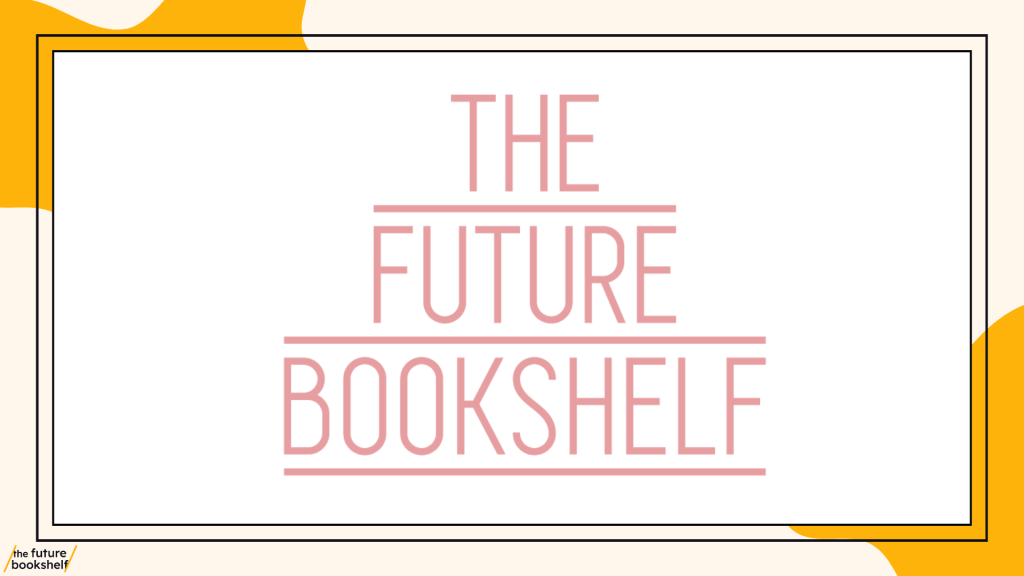‘Descriptions set the scene, creating emotions in the audience’

Making the most of settings, décor and locations
from Complete Screenwriting Course by Charles Harris
Descriptions set the scene, creating emotions in the audience – or failing to. Don’t always accept the first location you think of. From the very first scene in your writing project, be aware that your choice of location and the way you describe it can make or break the reaction of a reader or an audience.
Too many writers choose the first location that comes into their heads, but a bland or uninspiring setting can sap energy from a story. On the other hand, a new and interesting location can bring a scene to life.
Ask yourself what the visual and descriptive possibilities of the scene could be. Does a meeting have to be in an office, or could it be set in a lumber yard, beside a canal or in a disused library? Look for settings with the right emotional resonance: will an argument be more effective if it takes place on a beach? Or during a New Year’s Eve party? Do you want the setting to play along with the emotion (a romantic split in an empty house) or bring ironic counterpoint (a romantic split at a wedding)?
Settings can also provide their own obstacles – for example setting a big emotional scene in an aeroplane, where the two characters have to keep their voices down even as the emotional temperature rises.
A predictable location can also be made fresh with a twist of décor. An office could be described as being made entirely of scrap iron. Or piled high with boxes of perfume. Or squeezed into the back of a theatre while rehearsals are taking place. Or it could overlook a wrestling match …
And don’t forget sound. Different locations also have their own resonant sound atmospheres – the soft breaking of waves against the shoreline, the whine of jet engines at an airport. A highlight of The Third Man is the climax, set by Graham Greene in the cavernous, echoing sewers under the streets of Vienna.





